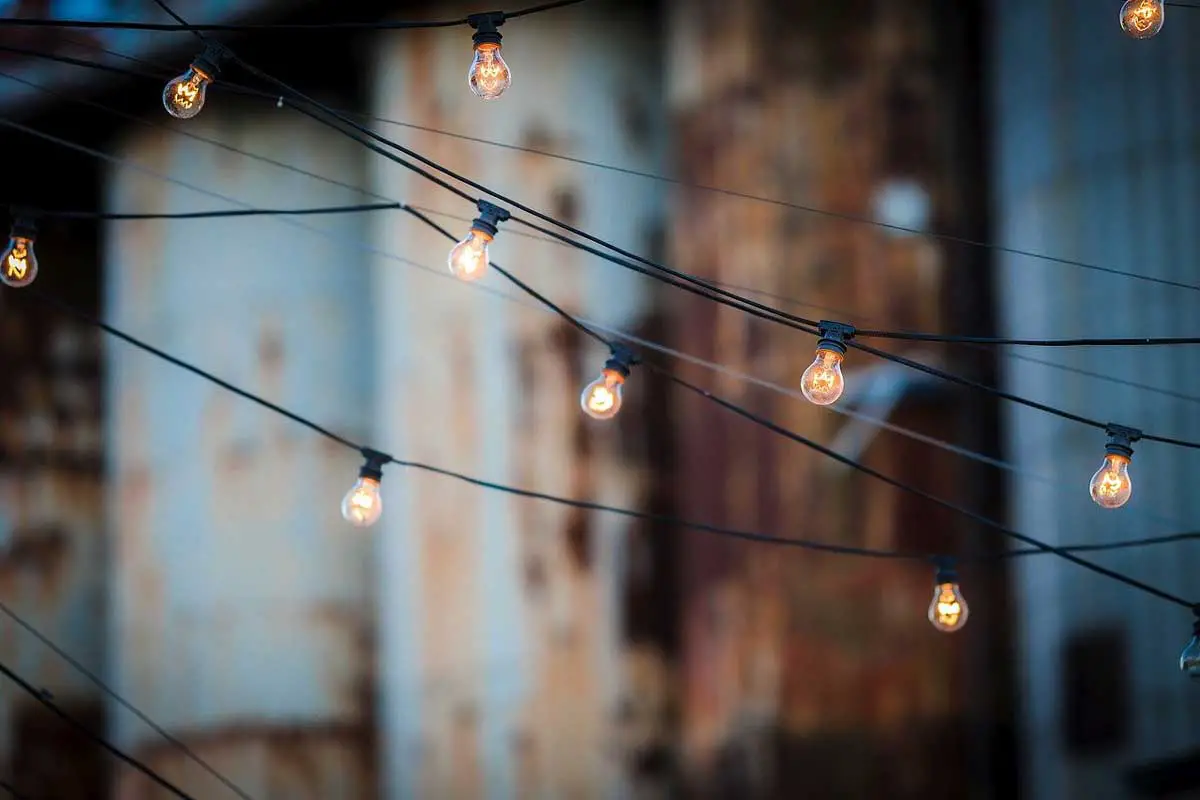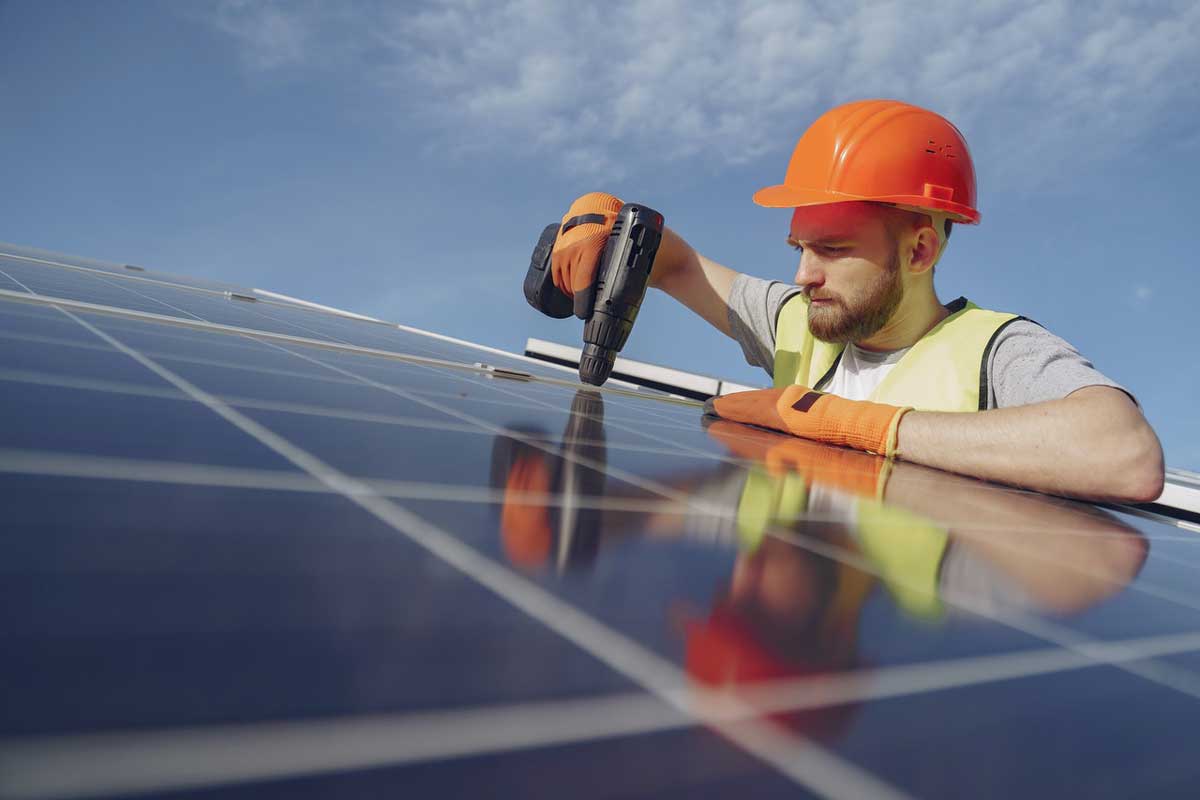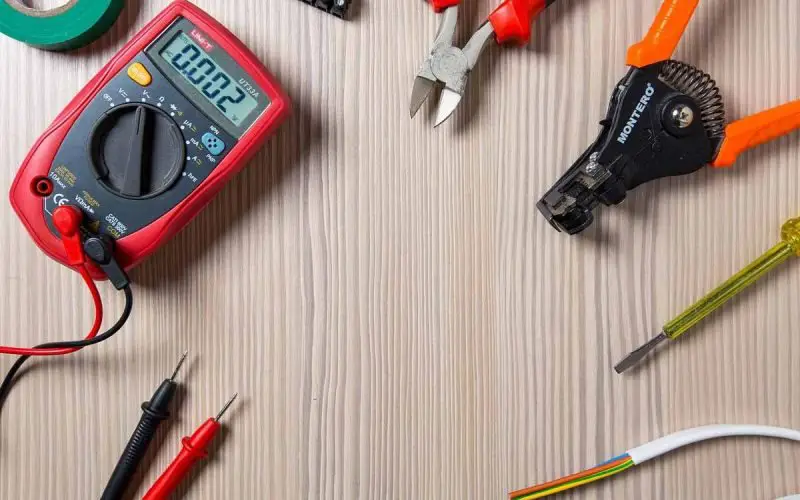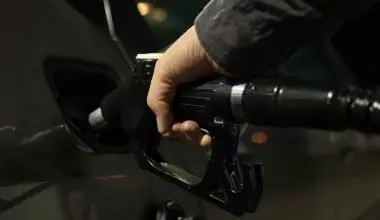Table of Contents Show
There are a few straightforward ways by which you can connect two or more electrical devices in a circuit with an energy source; they can be linked in series or parallel.
A series circuit involves an electrical circuit where two components share a mutual node and the same current (Unit: amp) runs through them. On the other hand, in a parallel circuit, components share two mutual nodes.
What is a Series Circuit?

A circuit is joined in series when the same, single current (amp) runs through every component in the circuit. In these circuits, the current has just one course.
Let’s take the household decorative string lights as an example. It is simply a series of many small light bulbs attached in series. If a single light bulb fuses, all the bulbs in series configuration fail to light up.
What is a Parallel Circuit?
A circuit is considered parallel when the electric current has several paths it flows through. The components that make up the parallel circuits have an unbroken voltage flow through all ends.
Series vs Parallel Circuits
The main difference concerning series and the parallel circuit is the amount of current that runs through every component in the circuit.
In the series circuits, the same quantity of current runs through all components positioned in it. Alternatively, in parallel circuits, the components are positioned in parallel with each other, and because of this, the circuit splits the current flow. The current flowing from the source will be distributed into the current running through each of these components.
Note, however, the amount of current does get divided according to total resistance (measured in ohm) of EACH parallel branch. It then adds back up when the current is flowing back into the power source.
Difference Between Series and Parallel Circuits [Table]
| Series | Parallel |
|---|---|
| The same volume of current runs from end-to-end in all components of the electrical circuit. | The current flowing in each component syndicates to form the current flow through the source. |
| Components are organized in a line | Components are set parallel to each other |
| When resistors are placed in a series circuit, the voltage across each resistor is different, even with the same amount of current movement. | Parallel resistors receive the same voltage across each resistor. Polarities are also the same. |
| If one component breaks down, the entire circuit will burn out. | Other components will work even if one component breaks down; every component has its own autonomous circuit. |
| If Vt is the total voltage then it is equal to V1+V2+V3. Total voltage is sum of voltage drop at each component. | If Vt is the total voltage then it is equal to V1=V2=V3 |
| Total Equivalent Resistance / Impedance = R1+R2+R3… | Total Equivalent Resistance / Impedance: 1/RT = 1/R1 + 1/R2+1/R3… |
An experiment of series vs parallel configuration [Video]
I’d advise making your circuit diagram on a white paper first before you go on building it. A simple electrical circuit contains a single battery, a light bulb and a few connecting wires.
Other advanced ones could include many light bulbs, motors, resistors and battery bank (with parallel battery connection).
Connecting Solar Panels in Series vs Parallel

To install a solar photovoltaic (PV) system for any house, it is important to think through quite a few factors like an accessible solar resource, quantity of power to be provided by the system, solar panel effectiveness, self-sufficiency of the system (off-grid or connected to the grid) as well as the range of mechanisms like inverters, charge controllers and batteries.
Beyond the considering all of these important components, there is an additional component that can profoundly impact the total power output of the system and can also influence the total cost of the solar installation. It is the assembly and linking of the solar panels.
You’ll frequently come across the installers discussing about wiring solar panels in series or parallel, but most of us not privy to the technical terms do not realize the variation between these designs, and so, do not understand the effect our choice has on the overall longevity and efficiency of the system.
In this article we will assist you in deciding the best way to connect solar panels and define general design selections of the series and parallel connection of solar panels with their pros and cons.
The first thing that you should be aware of is that in any power system the element that should be given most consideration is the active power (expressed in watts), since all electrical devices use the active power to work.
The calculation that governs this variable is P=V*I, where ‘V’ is the voltage in volts and ‘I’ is the current in amperes. These are the individual variables that sanction adjusting the power output of a solar system. Remember this since it will be important later.
To achieve the preferred active power, there are three means of connecting many solar panels together to generate a power system that runs solar electricity to your house.
They are known as:
- connection in parallel
- connection in series
- a combination of the two; series-parallels
The verdict of establishing one or another solar panel connection will be determined by the preferred output and use of the system.
Connecting Solar Panels in Parallel
Installing solar panels in parallel wiring infers linking positive terminals of each pv panel together and connecting the negative terminals of each panel together too. After that, they are joined to the charge controller or to the inverter of the solar system.
Known as a PV array, solar panels are connected in parallel whilst they all share the same voltage, and the current (amperage) that every one of them runs is summed up.
The key benefit of parallel configuration is dependability. In a situation where one or more solar panels are damaged either by shading or by other harm caused in the course of the manufacture or during the life-cycle of the system, the functioning of other panels in the solar array is not impacted for the parallel wiring connection makes every individual unit autonomous from the other ones.
Then again, there are some drawbacks of a parallel combination.
Low voltages represent higher current values, which renders into greater electrical losses (power losses are associated with the square values of current), and so, lesser effectiveness and performance of your solar photovoltaic system (Solar PV System).
Also, increasing the current is not appropriate too since it suggests a rise of wire gauges to have better capacities for persevering higher ampere values (related with higher temperatures and consequently, security concerns).
In the end, this turns into higher setting up costs because of the larger size of the cables and also owing to an increase in the length of the cables to be able to perform the connection.
When should solar be installed in parallel connection?
The answer is relative, however in majority circumstances, we presume that the system is very small and is intended to supply low loads, or has a battery set on a low voltage design (12 Volts, for instance).
Connecting solar panels in series
The series connection is achieved by cabling the positive terminal of each panel to the negative terminal of the next panel (a connection like the ones of the decorative string lights) up until the last panel is linked to the charge controller or inverter.
In the series connection, the voltages of all solar panels are added up and the current is upheld the same for all the panels. The set of solar panels joined in series is known as a string.
As mentioned earlier: lower voltages indicate higher currents and higher voltages indicate lower currents.
This statement is extremely essential for series connection, for the reason that this configuration surges voltage values with every additional panel, at that moment which the general current provided by the system will be lesser.
This turns into savings because of lower wire sizes and cable length, and also in better proficiency of the PV system (lower electrical losses).
This is why solar cells are connected in series inside the pv panel, to achieve greater output voltage than a single solar cell. A common pv module will usually have 36 cells connected in series to be able to charge a 12 volt battery. Such a solar module gives out maximum power output of 170 Watts.
Still, the main shortcoming of this configuration is lesser dependability of the system when connected in series. Basically, since the whole system is joined by one single cable, if the cable flops, then the entire system will be compromised.
In case any solar panels in the string are shaded, be it by a tree or a cloud, the general functioning and productivity of the entire solar system is affected.
Shading can even become a larger issue in this arrangement since a shaded part generates resistance in the current flow. This forms so-called hotspots.
Hotspots are sections with higher temperature, and depending on the cabling and the system size, it can even characterize a safety problem. If the temperature gets too high, the wiring may trigger a fire!
When should series connection be used for solar panels?
Normally, when higher voltages are wanted, the reasonable explanation is opting for series wiring.
Moreover, when the space between an inverter or charge controller and solar panels is wide (20 feet or more), it is sensible to use the connection in series since this kind of connection allows to surge the voltage of the system to meet the voltage input of the inverter.
The series connection has its concerns as identified before, but the shading and efficiency issue can be cracked by using one of these two options:
- The first one is concerned with the efficiency. Opting for a micro-inverter for every panel proves to be the best answer to attain thorough efficiency, since each panel will be sovereign from the other one. Thus, shading of one panel will not impact the whole power output from multiple solar panels.
- The second choice is to purchase solar panels with a bypass diode (or blocking diode). This diode works as a blockade that separates the shaded area of the panel to avoid efficiency damages to the rest of the same panel, and consequently of the whole solar power system.
Sadly, this consistency problem cannot be resolved, since it is a fundamental property of the connection itself.
What are Solar Charge Controllers?
Since we’ve already discussed loads of information regarding series and parallel circuits, and their relationship with solar systems; we need to know what charge controllers are.
A solar charge controller is an essential part of all solar systems with batteries. They control the power going from your solar panels to batteries, so to protect them from overcharging and damage.
In modern technology there are two types of charge controllers; PWM controller and MPPT controller.
A good solar installer will often recommend the latter, which converts excess voltage into amperage (amps). This maintains charging voltage and reduces battery recharging time.
Discussing what each of them does is beyond the scope of this article.
PS: If you’ve already connected your panels in series (with higher voltage), you can use an mppt charge controller. The mppt controller will bring down DC voltage of the panels to a voltage better-suited to charge your batteries.
Series-Parallel Connections
We have defined the pros and cons of the series and parallel connections of solar panels, however, what happens when we combine them as one?
It is usually required to form this connection in accordance to the voltage and the current input range of an inverter or a charge controller.
Still in some circumstances, it is impossible to get the desired voltage and current range via the application of a series or parallel connection on its own.
In some incidences of series connection, voltage limit can be surpassed. And in the parallel connection, the current limit could be surpassed, while at the same time not supply the full possible active power of the configuration.
This is when a grouping of the two connection styles becomes necessary.
The point is to create strings (series connection of two or more panels) and attach them in parallel with other strings (forming arrays of strings). This helps to gain the benefits of the series connection (lesser electrical losses and lesser costs) and the benefits of the parallel connection (dependability).
What this means is, every string of panels will contribute a current and will also be independent from the functioning of another string, while simultaneously getting more active power with more voltage and lesser current values (required because of safety and precautionary measures).
In this configuration, ingenuity is the general guideline. With the same quantity of panels, various design choices can be generated that modify to the purposes of the homeowner or to the particular requirements of the power components.
Combining Solar Panels with Different Electrical Properties
There are more vital questions to ask in regards to the decision made of one or another kind of connection in the solar PV system.
Do your solar panels have the same electrical characteristics? Well, a good solar installer usually sets them up that way.
Up to now, we have supposed that your system comprises of a set of extremely similar or equal solar panels, implying the same producer/manufacturer, same electrical productivity and features (voltage, current and active power).
But what ensues if you choose to connect different solar panels?
Hark back to the fundamental features of every kind of connection, the parallel connection forces the whole system to have the same voltage and the series connection forces the entire system to have the same current.
Hence, it is not suitable to join multiple solar panels with differing conditions and details, since low performance and under-utilization will compromise the system.
Even choosing solar panels from different builders with the same electrical characteristics is not suggested because other than the rated power, every panel has its precise power degradation percentage which is certainly not the same among different makers.
In the long run, you will have some panels dysfunction at different extents than other. This results in volatility and might also lead to more electrical losses.
Conclusion
However remember at all times that the key decision makers to create the type of connection that your system should have are:
- Details of inverter’s or charge controller’s power input
- Proportions of your system
- Distance between inverter and panels
- Estimated active power output
In conclusion, the choice of one or another connection type is made by the profound technical breakdown, and the variety of options can be very extensive if the system is big enough.






